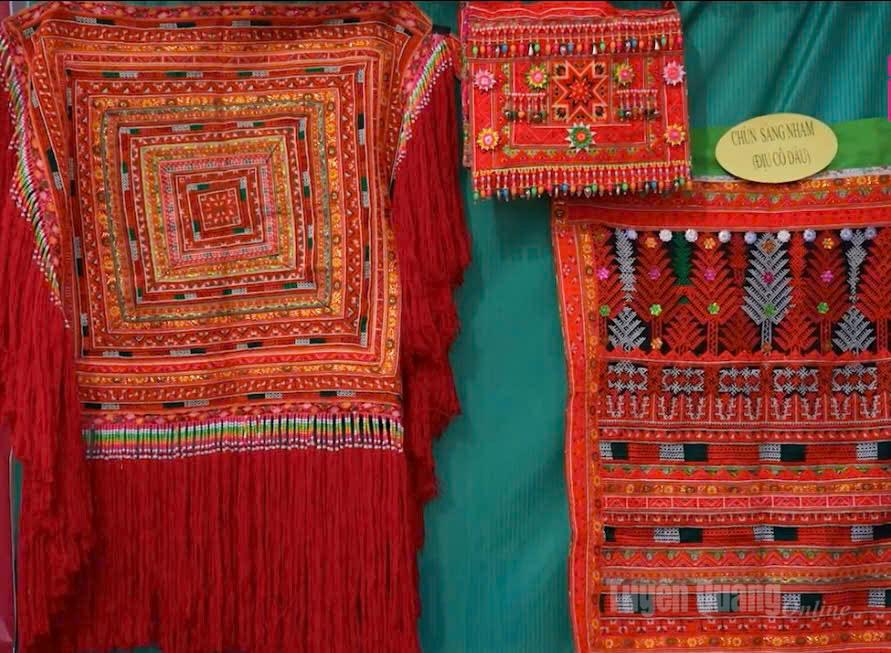 |
| Unique patterns on the costumes of the Red Dao people |
The Dao people in Tuyen Quang province have many different groups such as the Red Dao, Money Dao, Ao Dai Dao, Dao Lo Gang, Thanh Y, Coc Ngang, White Pants, and Chet Pants. In particular, the art of decorative patterns on the costumes of the Red Dao people has many outstanding features such as: The traditional costume of the Red Dao women includes the Ao Dai, bib, pants, headscarf, belt and other accompanying jewelry; each costume has 5 colors: red, blue, white, yellow, black, in which the main color is red because the Dao people believe that red is the color of luck and happiness. The unique feature of the Red Dao people's costumes is the decorative patterns. These patterns are very diverse and rich, meaning that people are friendly with nature. Although the wool is attached to the skirt, the bride's hat, attached to the necklace... is made of 3-color wool, forming tassels with the main red wool; The motifs on the tassels include swastikas, zigzags, pine trees, etc. The embroidered patterns on the fabric are harmoniously combined with the rows of silver flowers attached to the neck and bodice. The flowers on the bodice neck have 8 petals, the silver buttons on the bodice are rectangular in shape, the size of a matchbox, and are engraved with geometric decorative patterns.
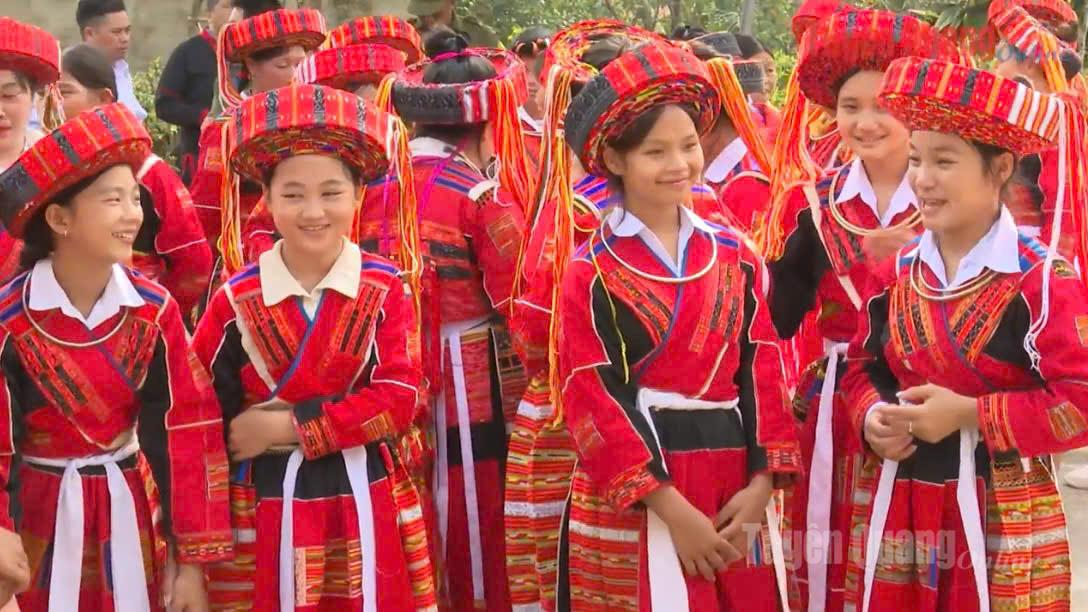 |
| The traditional costume of Pa Then ethnic women is mainly bright red, impressive against the green background of the mountains and forests. |
The decorative patterns on the ao dai are concentrated on the chest band, the skirt and the ends of the sleeves, including tiger paw prints, saw teeth, diamond shapes, swastikas... These patterns not only beautify the dress but also express the wish for a rich life, a happy and healthy family of the Red Dao people. On the belt, the decorative patterns are concentrated on the two ends, including swastikas, tiger paw prints, pine trees, swastikas and people wearing skirts. But the most elaborate and meticulous are still the decorative patterns on the pants. The patterns on the lower half of the two trouser legs are embroidered squares, rectangles in red, yellow, white, pine trees, swastikas... The headscarf is decorated with many patterns such as triangles, diamond shapes depicting the Dao people's water-powered rice pounding mortar... thereby wishing for a bountiful harvest and abundant rice. When worn on the head, the patterns will be exposed, enhancing the beauty of the scarf. The decorative art on traditional costumes of the Red Dao people was recognized as a national intangible cultural heritage by the Ministry of Culture, Sports and Tourism in 2019.
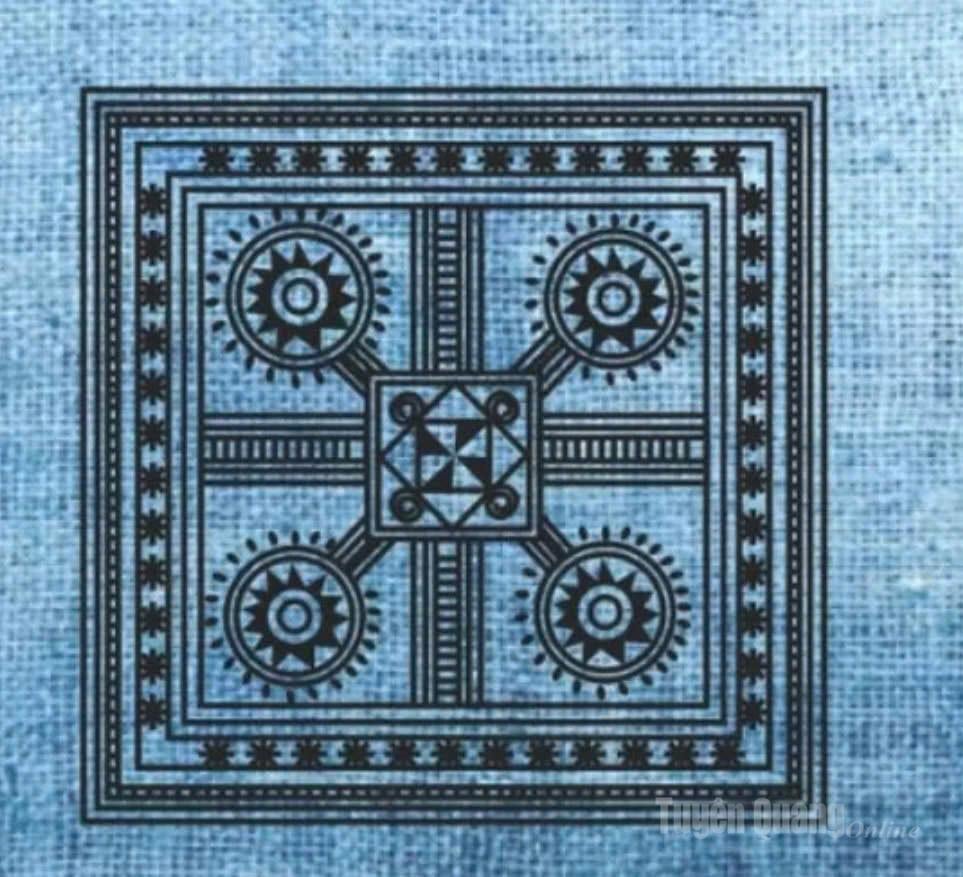 |
| One of the unique patterns on the skirt of Mong ethnic women |
The Mong ethnic group in Tuyen Quang has groups: White Mong, Flower Mong, Black Mong, each group has different colors and patterns on their costumes, in which the patterns on the Mong Hoa costumes are unique and typical. The Mong Hoa women's costumes include scarves, shirts, skirts, a cloth covering the front of the skirt, belts, and leg wraps, with the main colors being red, pink, yellow, orange, and white. The patterns on the Mong Hoa costumes are made using techniques of beeswax painting, embroidery, fabric patchwork, color coordination, etc. The motifs and patterns are also very diverse, such as flower shapes, diagonal lines, rectangles, squares, crosses, but the most commonly used are rectangles interspersed with large embroidered flower bands and zigzag embroidery lines of mountains and hills.
The decorative art on the Hmong Hoa people's costumes determines the value of the costume, is an indispensable element in the costume culture and more broadly in the ethnic culture. The patterns on the costumes all simulate the vivid nature of the mountainous region. Each pattern contains a different meaning but in general, they all express the desire and hope for a happy family and good crops.
A set of Pa Then women's clothing includes a headscarf, shirt, belt, skirt, and bib. The traditional costume of Pa Then women is generally a bright red color, impressive on the green background of the mountains and forests. The structure of the costume parts is relatively simple, but the layers of fabric and pieces connected together are quite complex. The shapes, colors, and decorative patterns of the costume have their own unique features. The parts of the Pa Then costume all have many decorative motifs with different shapes. The rich patterns created by Pa Then women on the loom have been preserved and passed down from generation to generation. These are geometric patterns, A-shaped, mountain-shaped, star-shaped, crab-eye flower-shaped, dog-head flower-shaped, bridge-shaped, house-shaped, diamond-shaped... In which the dog-head flower-shaped is the most beautiful main flower on the costume. This is the detail that takes the embroiderer the most time and effort because it requires meticulousness and perseverance to ensure the aesthetics of the embroidery. The pattern system is distributed into horizontal bands, on the scarf, the chest of the shirt, the waist, the hem of the shirt, the elbows of the sleeves and the skirt. Complex motifs such as human-shaped patterns, dog-foot patterns, crab eyes, calves, buffalo horns are used as accents on the chest of the shirt, the waist and the two sides of the skirt. In addition, pine tree patterns, grass patterns and some familiar medicines of the ethnic people are unique materials that further enhance the beauty of the outfit. On the red fabric of the body of the shirt, sleeves and hem of the shirt are geometric patterns, mountain patterns, star patterns... cleverly decorated for the color blocks. Each pattern has its own meaning such as the dog pattern symbolizing mutual support and protection; the bridge pattern representing love; the house pattern representing happiness and sacrifice; the diamond pattern expressing the wish for a positive life. The traditional costume of the Pa Then ethnic group demonstrates the technique of patchwork and harmonious color embroidery. Interspersed with hand-embroidered patterns are woven patterns with many bright colors. That is what makes the costume of Pa Then women unique and distinctive.
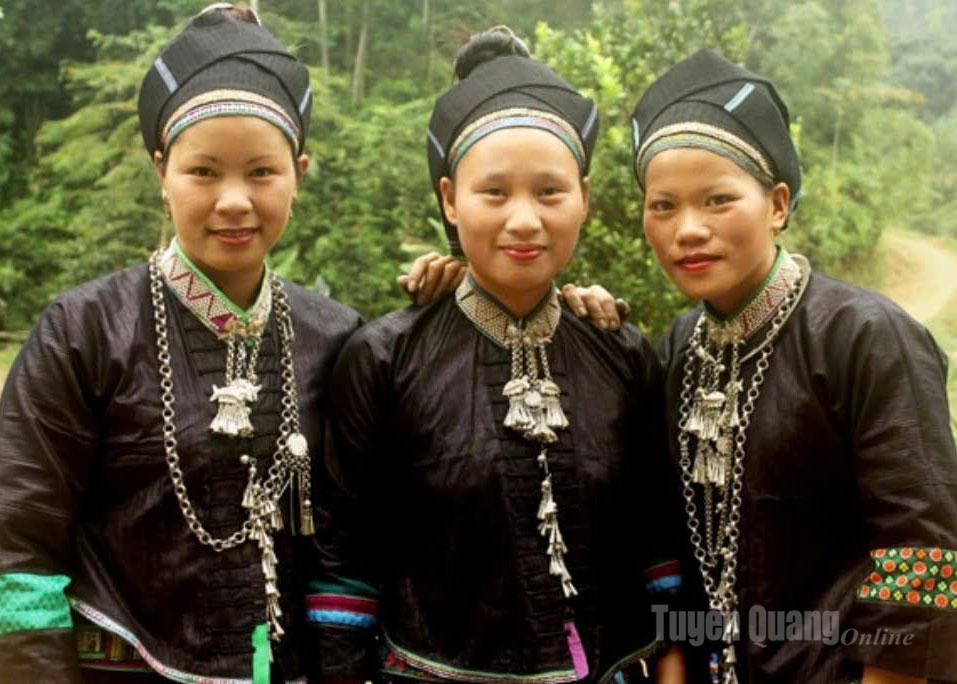 |
| The main color of Nung ethnic women's costumes is indigo, simple, with little embroidery or decoration but still showing uniqueness and sophistication. |
The main color of Nung women's costumes is indigo, simple, with little embroidery and decoration, but still shows the uniqueness and sophistication of the cultural identity of the Nung people, not mixed with other ethnic groups. Each costume of the Nung groups in each locality is basically the same, only different in the color combination on the collar, sleeves or the choice of fabric color. The costume includes a shirt, skirt, belt, headdress, embroidered cloth bag, silver jewelry...
The patterns are mainly decorated on the hat, collar, collar and sleeves. The patterns include circular patterns, symmetrical layout, simulating the sun, stars with many bright colors, square patterns, diamond patterns arranged in adjacent triangles... The most unique are the patterns on the collar buttons made of silver with butterfly shapes on both sides and attached with triangular tassels. This is a symbol of the Nung women's wish for happiness. The patterns on Nung costumes are all hand-sewn and embroidered by the women...
In addition to the costumes of the above ethnic groups, in Tuyen Quang there are also some ethnic minorities whose costumes have many unique patterns, expressing their strong national identity such as Lo Lo, Cao Lan, Giay, San Chay... Costumes are material products created by humans, serving daily life in many different forms. Preserving cultural features on costumes has contributed to preserving and promoting the traditional cultural values of ethnic groups in the province.
H.Anh (Synthesis)
Source: https://baotuyenquang.com.vn/van-hoa/du-lich/202510/dac-sac-hoa-van-tren-trang-phuc-truyen-thong-cua-cac-dan-toc-thieu-so-b09490f/


![[Photo] General Secretary To Lam attends the 18th Hanoi Party Congress, term 2025-2030](https://vphoto.vietnam.vn/thumb/1200x675/vietnam/resource/IMAGE/2025/10/16/1760581023342_cover-0367-jpg.webp)


![[Photo] Conference of the Government Party Committee Standing Committee and the National Assembly Party Committee Standing Committee on the 10th Session, 15th National Assembly](https://vphoto.vietnam.vn/thumb/1200x675/vietnam/resource/IMAGE/2025/10/15/1760543205375_dsc-7128-jpg.webp)
![[Photo] Many dykes in Bac Ninh were eroded after the circulation of storm No. 11](https://vphoto.vietnam.vn/thumb/1200x675/vietnam/resource/IMAGE/2025/10/15/1760537802647_1-7384-jpg.webp)

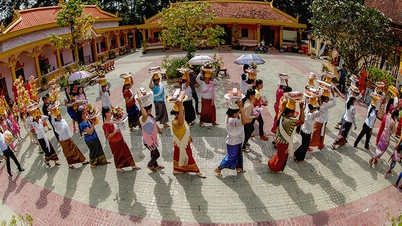

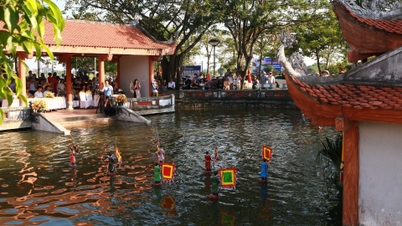



![[Photo] Unique Phu Gia horse hat weaving craft](https://vphoto.vietnam.vn/thumb/402x226/vietnam/resource/IMAGE/2025/10/10/1760084018320_ndo_br_01-jpg.webp)

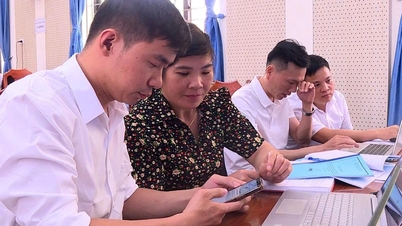
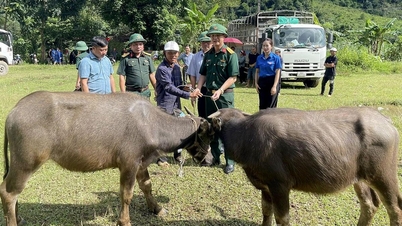
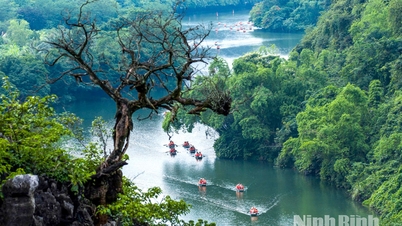



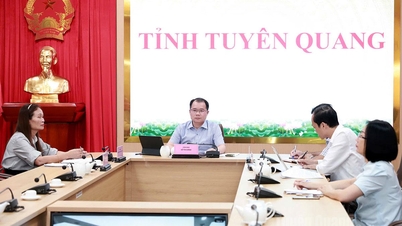
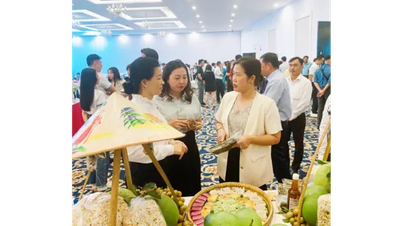





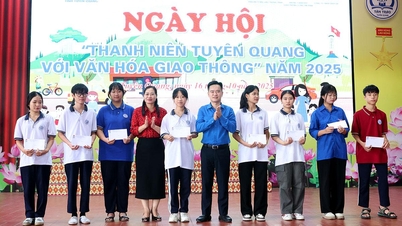
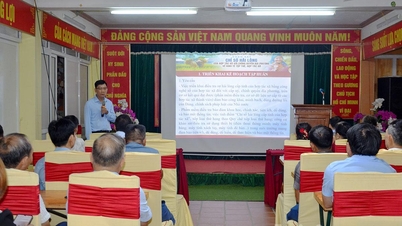
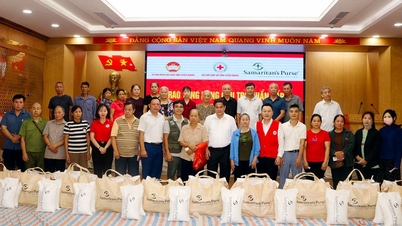
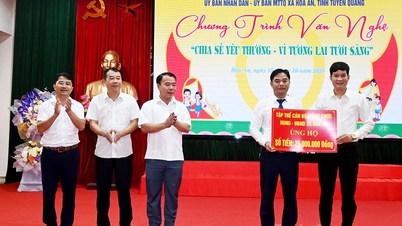
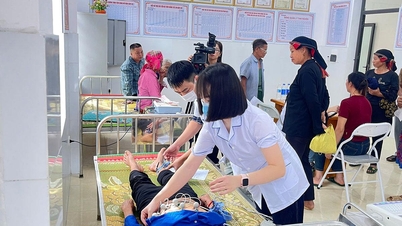
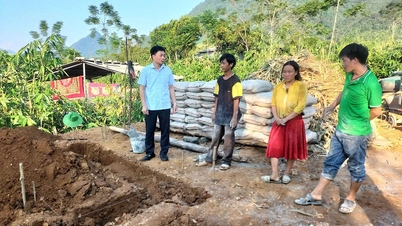


![[Video] TripAdvisor honors many famous attractions of Ninh Binh](https://vphoto.vietnam.vn/thumb/402x226/vietnam/resource/IMAGE/2025/10/16/1760574721908_vinh-danh-ninh-binh-7368-jpg.webp)


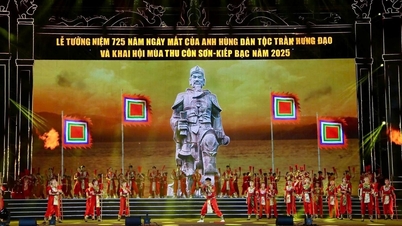






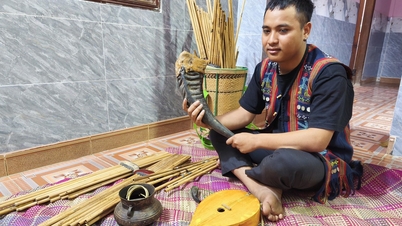
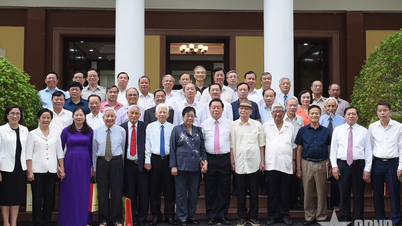

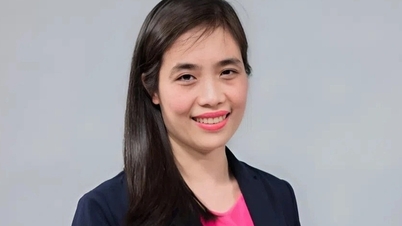


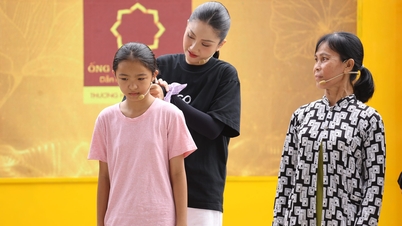
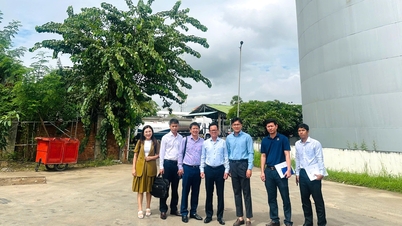
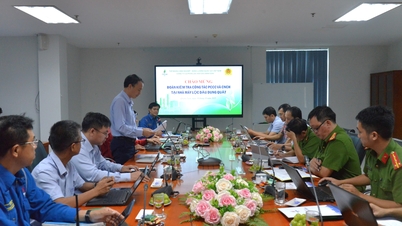
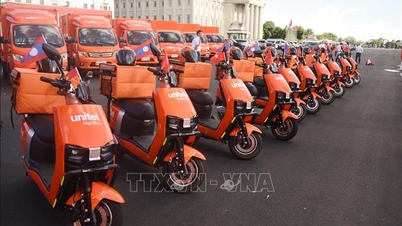

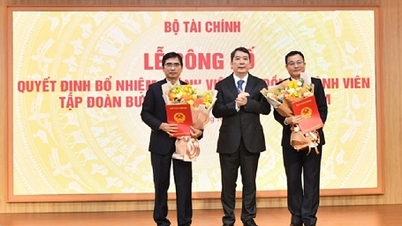






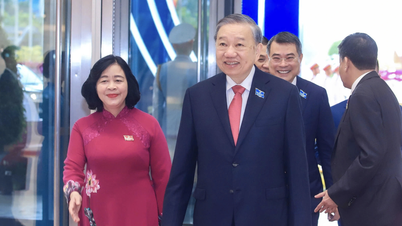
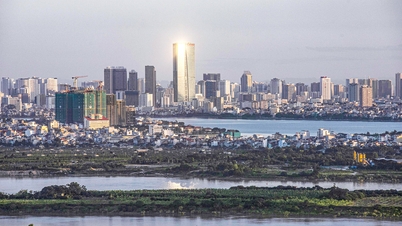
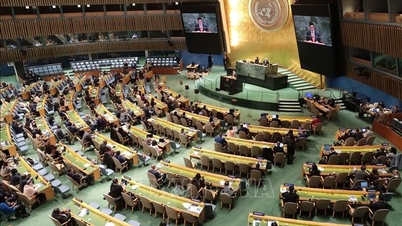
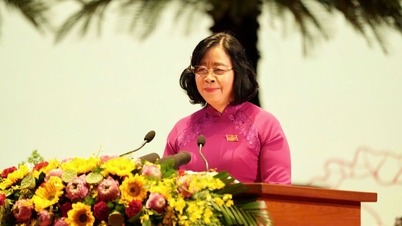


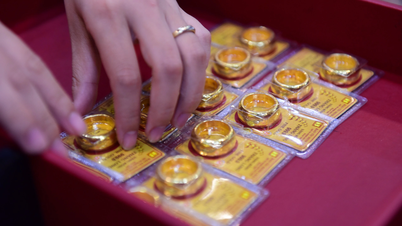
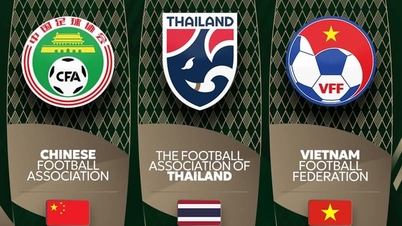

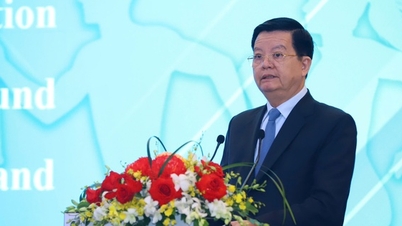
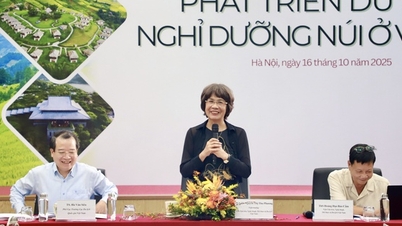
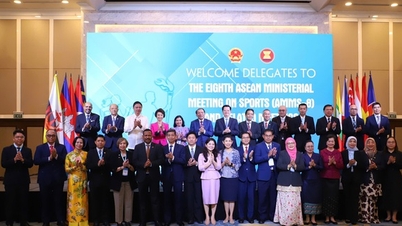
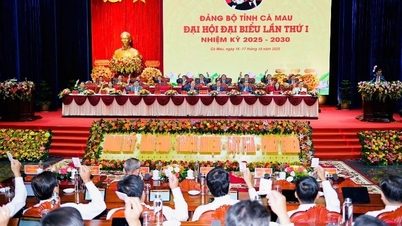
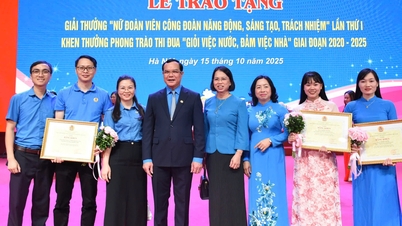

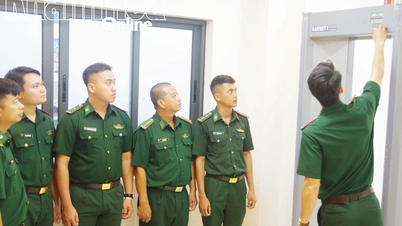

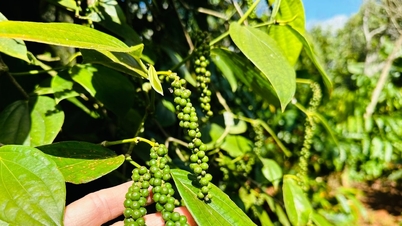

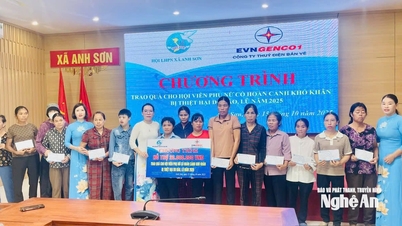














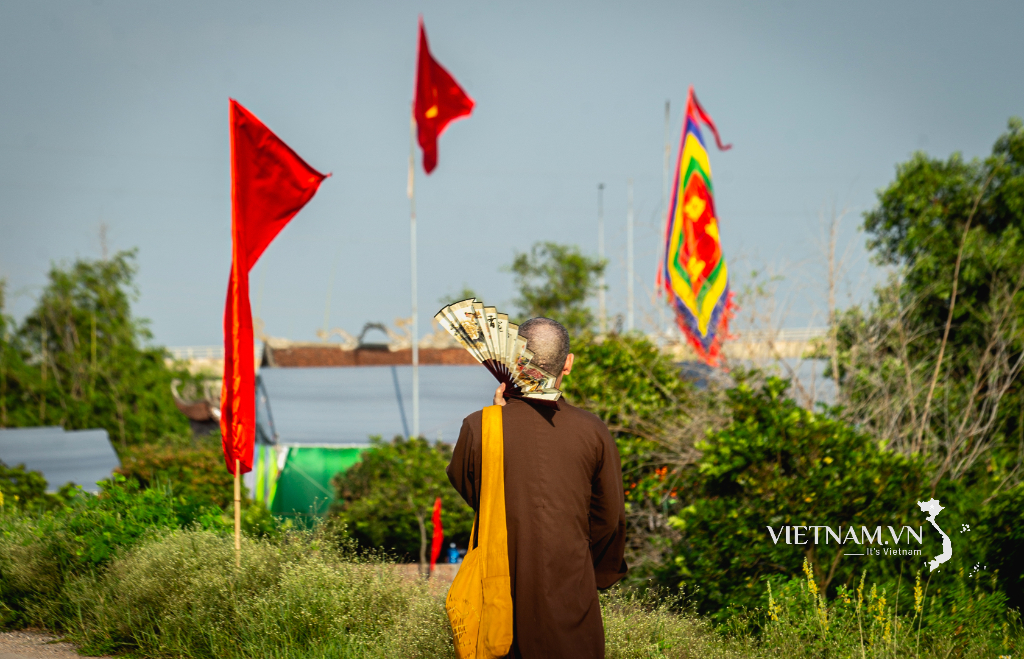

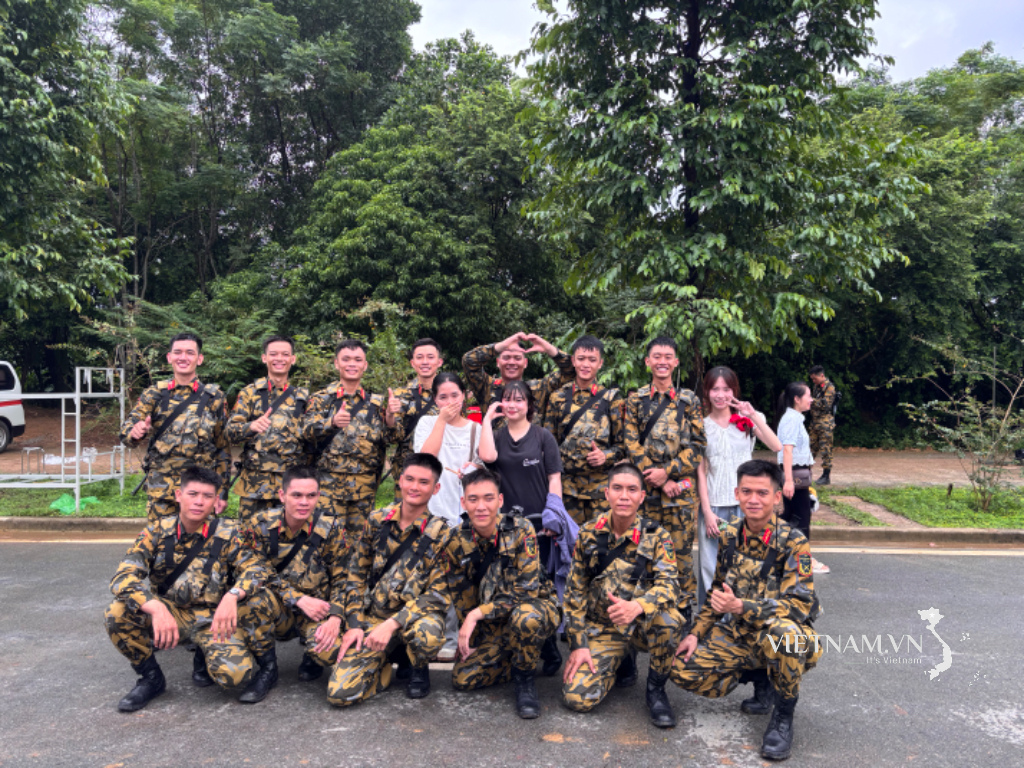
Comment (0)